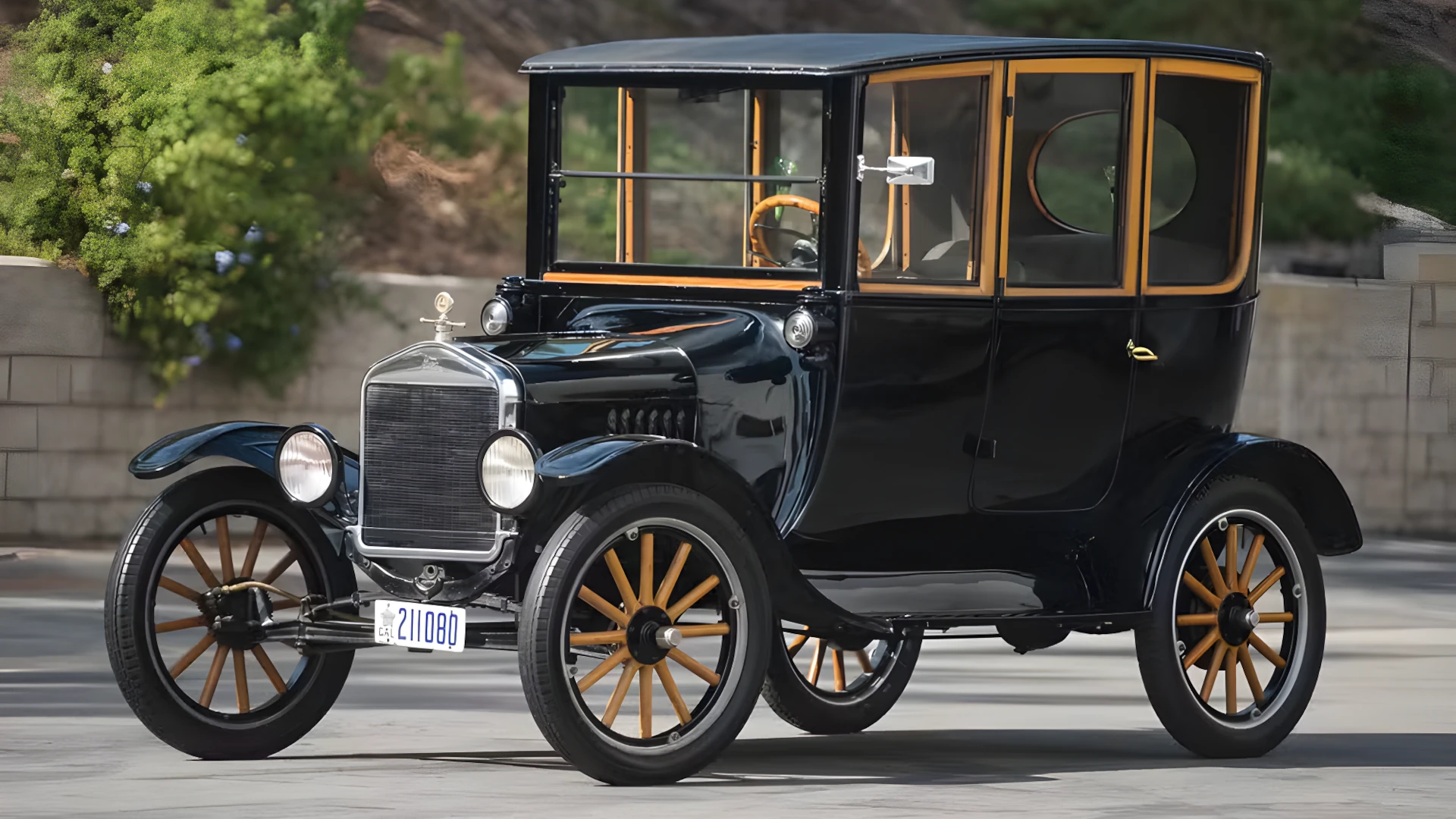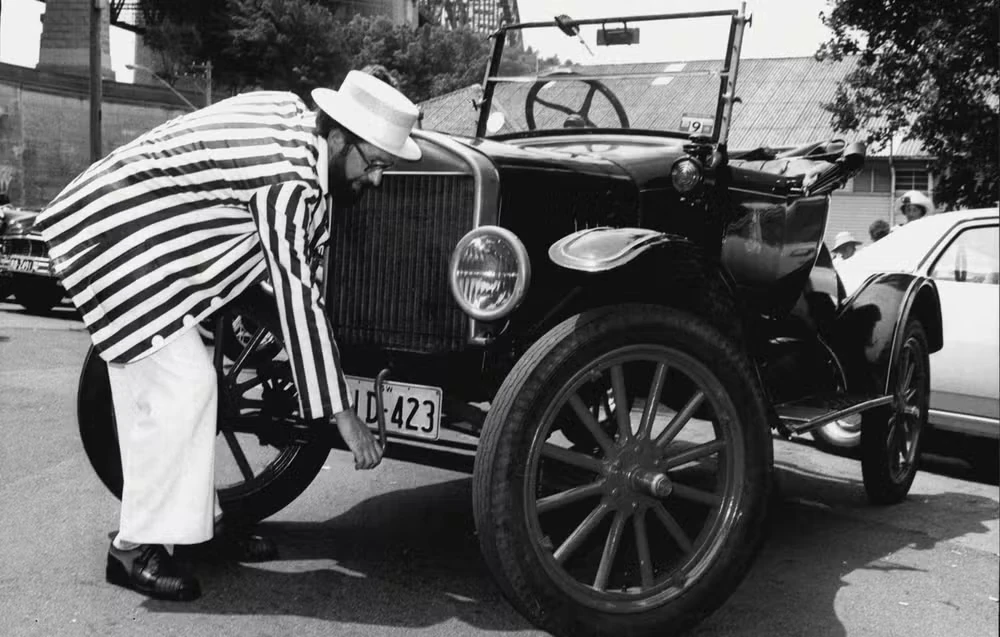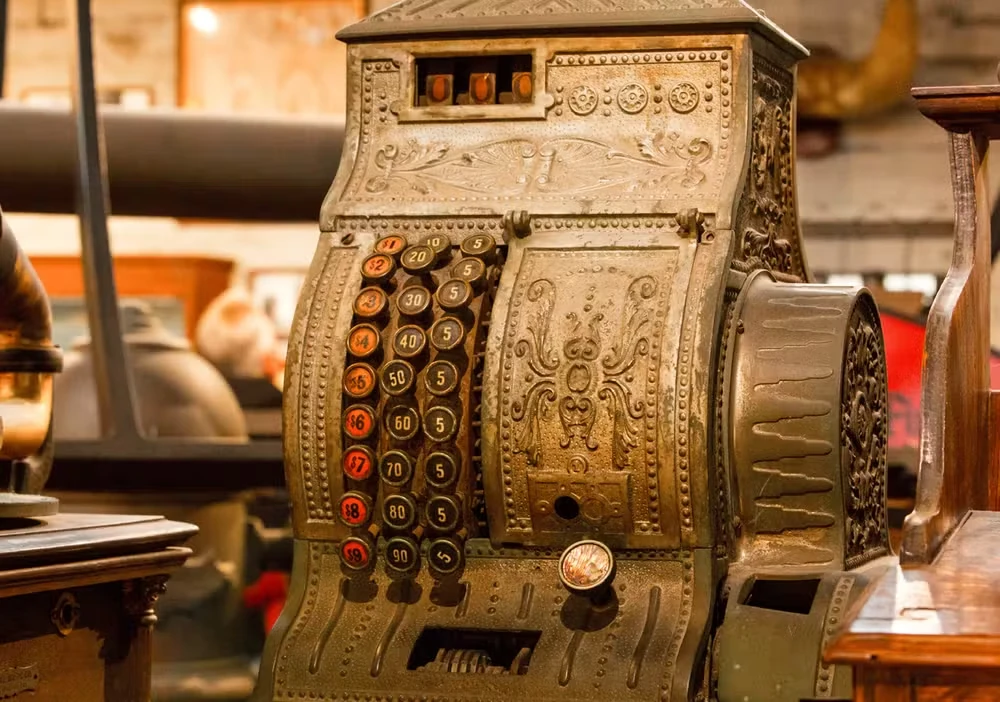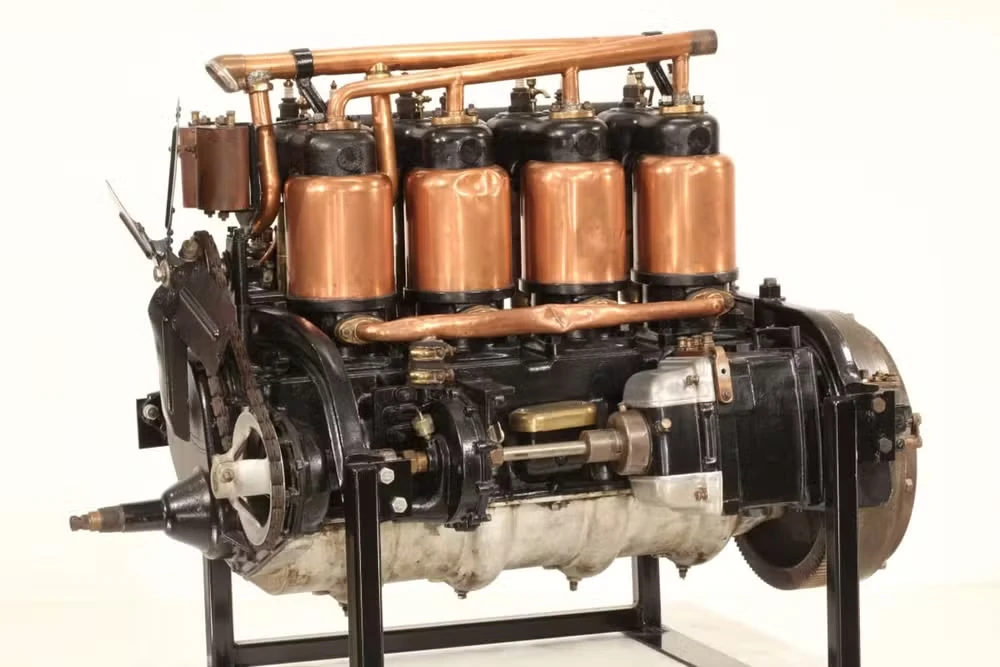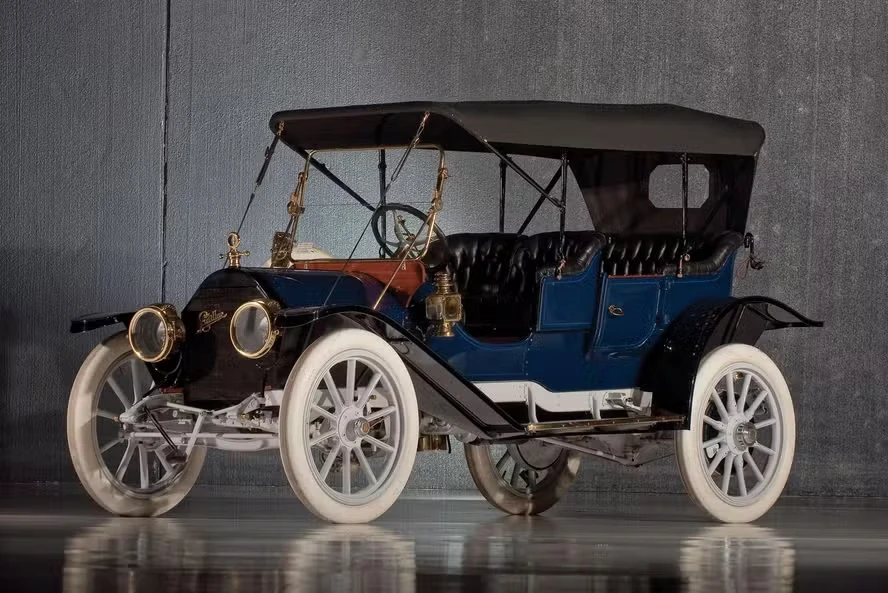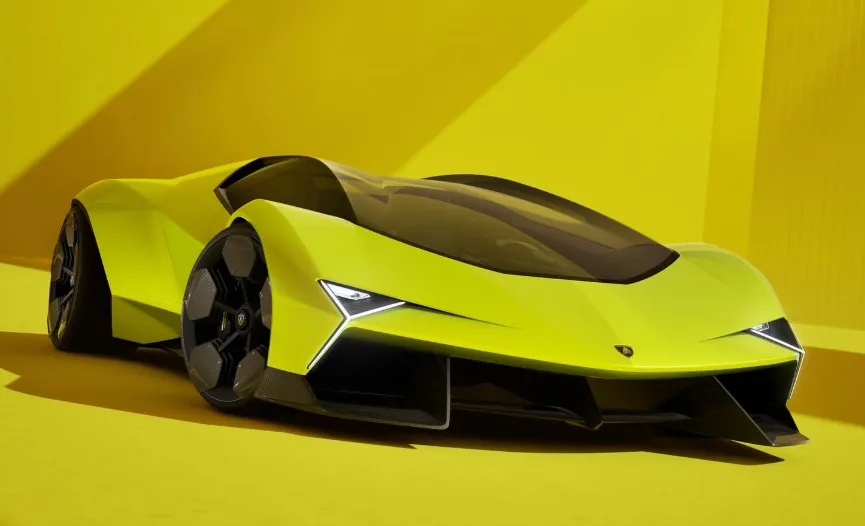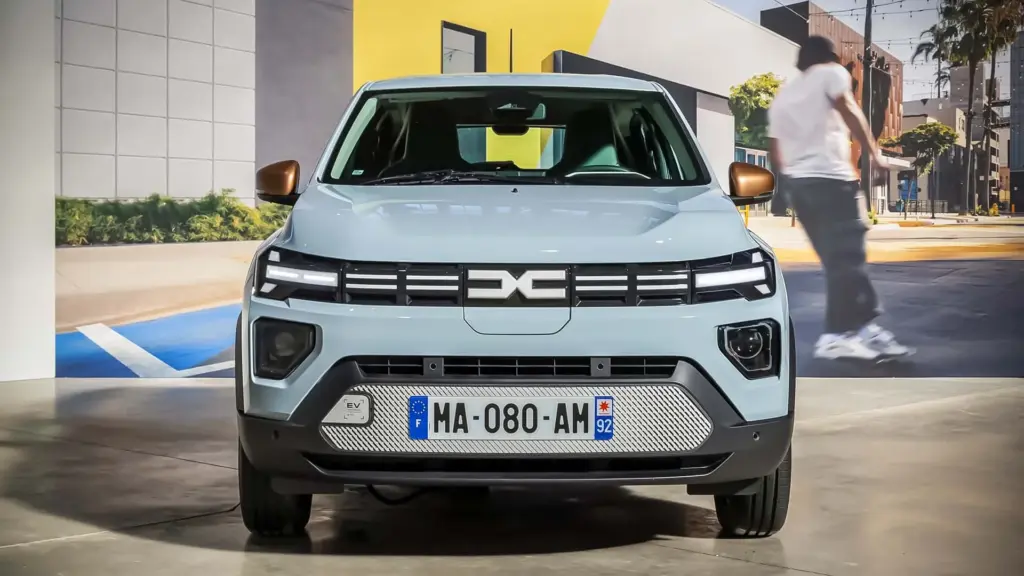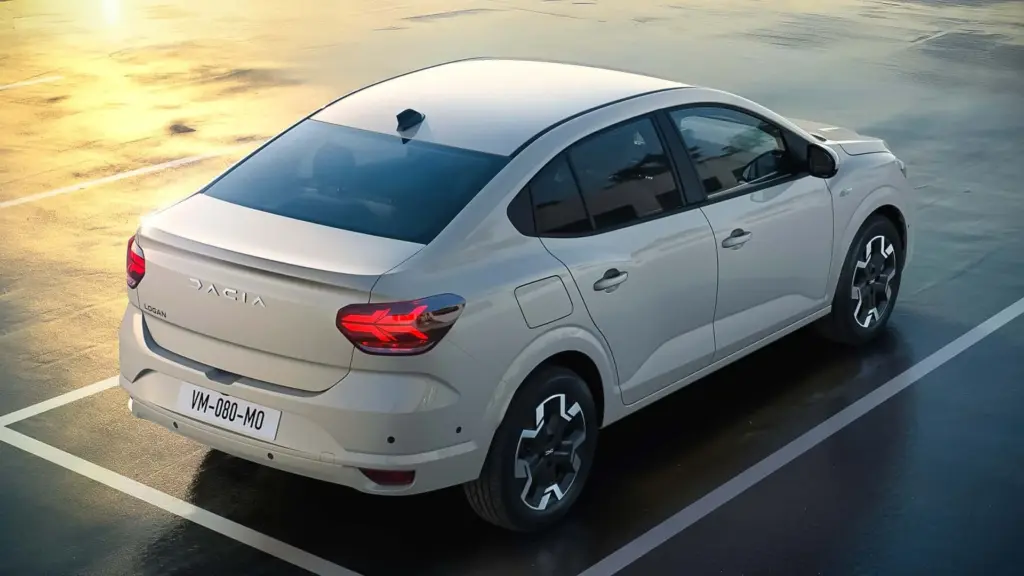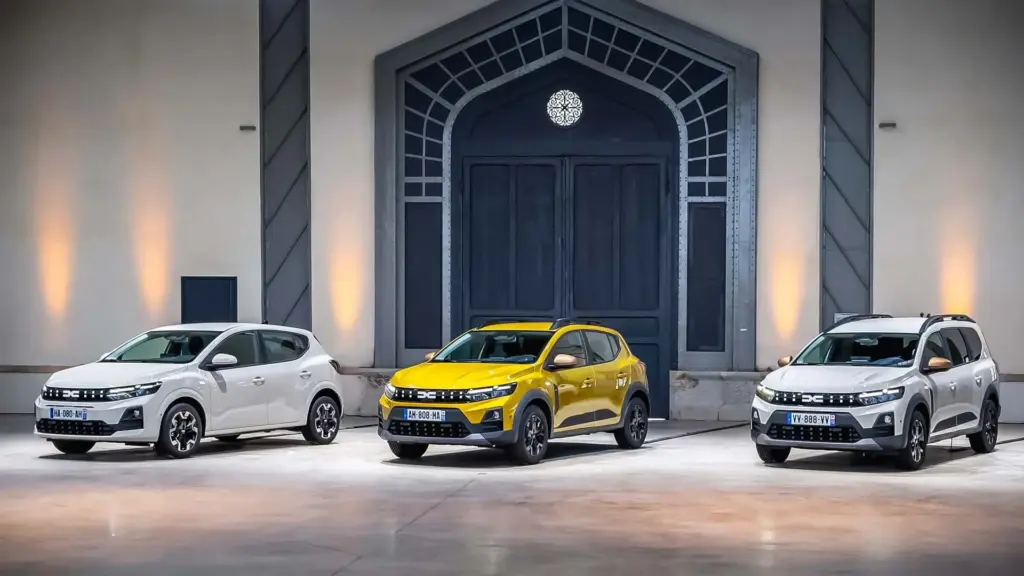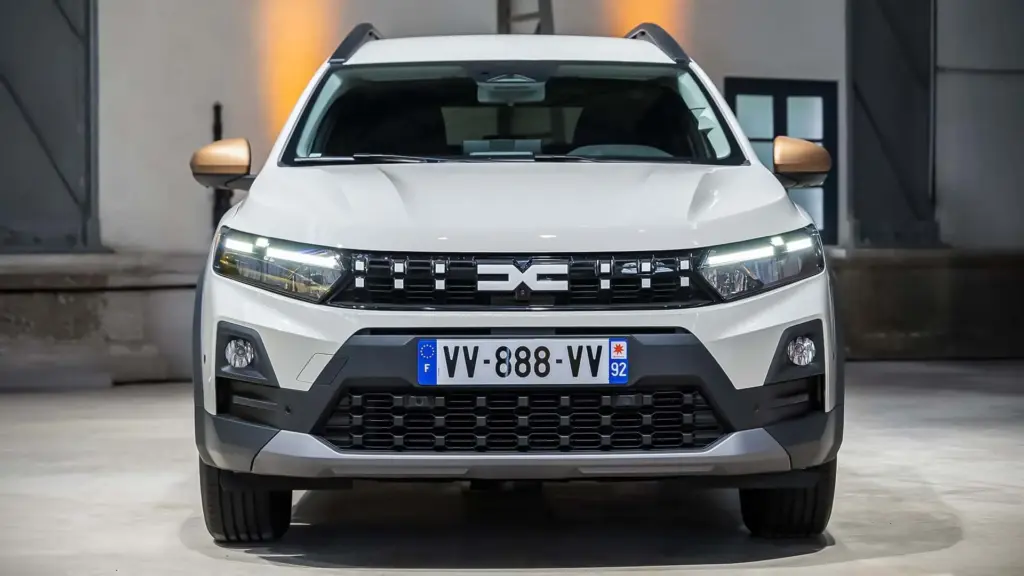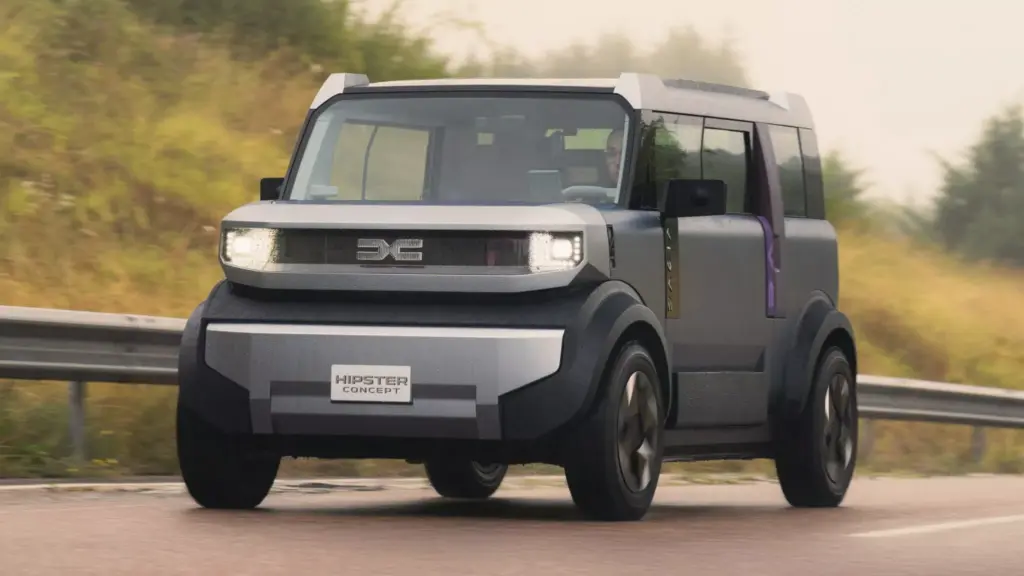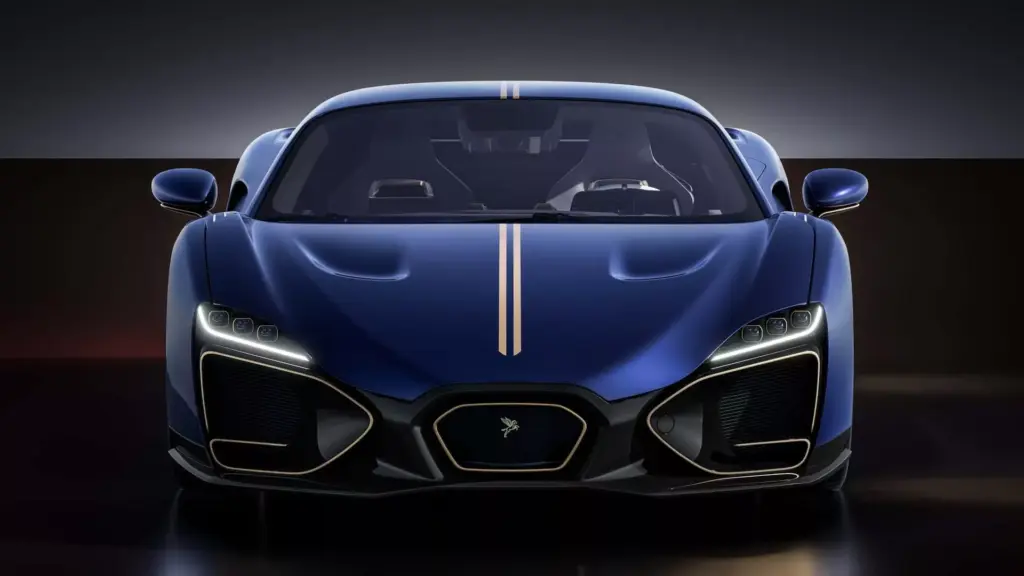Have you ever stopped to think about how a small electric motor could have completely changed the course of automotive history? Well, at the turn of the 20th century, a little motor that opened and closed drawers was responsible for the decline of electric cars on American streets. Strange, right? In 1900, we had about 40% of the vehicle fleet made up of steam or hybrid cars, but electric cars were the favorites because they were much more practical and less polluting. After all, who wanted to go around smelling like gasoline, especially women, who were much more affected by those unpleasant odors?
It was a time when there were about 34,000 electric cars on the road, representing 38% of the fleet in the United States. Gasoline cars, on the other hand, made up only 28% of the total, and despite all the challenges involved in starting this type of motor, people still preferred gasoline. That’s because, let’s face it, it’s not just about turning the key and hitting the road; there was a whole technique behind the crank that could ruin the fun or, worse, cause some serious injuries.
Imagine that! Until 1912, starting gasoline engines was a true challenge, requiring not only strength but also a good dose of patience. The process was simple, but the backlashes from the crank could be quite violent. And, let’s be honest, who wanted to suffer a fracture at a time when a simple cold could be fatal? So, we wonder: how was such a promising electric motor left behind? The answer lies in innovation and the pursuit of greater efficiency, and that’s what we will explore next.
The Impact of the Electric Motor on the End of Electric Cars
When we talk about the impact of the electric motor, we can’t ignore Henry Leland’s role. This guy, founder of Cadillac and Lincoln, saw firsthand the risks drivers faced with cranks and decided it was time to act. He called in his engineers and challenged them to create a mechanism that eliminated the need for all that complicated and potentially dangerous technique. And thus began a new era for automobiles.
In 1911, the solution came from the most unlikely of places: a motor that opened and closed drawers. Charles Kettering, then an employee of NCR, had a brilliant idea while shopping. He realized that an electric motor could be the key to bringing a new starting system to life. And that’s how the Cadillac Model 30 gained an electric motor, making starting much simpler and safer.
Soon, in 1912, the Cadillac Self Starter hit the market as “the car without a crank.” The advertising was a hit, and sales skyrocketed. But, like in any good story, not everything was rosy. Despite the appeal of electric cars, the arrival of the Ford Model T with its electric start, which cost much less, turned the tide. Gasoline was cheaper, and no one wanted to waste time recharging heavy batteries when they could fill up quickly.
The Revolution of Electric Start and Its Effects
The advent of the electric start was a turning point. It was as if the crank exited the scene and practicality took center stage. The Cadillac Self Starter not only made life easier for drivers but also caused electric cars to lose ground in the market. Competition became fierce, and the Ford Model T, with its affordable price and quick operation, became the car for the people. It’s no surprise that, in a short time, electric cars began to disappear from the streets.
It’s interesting to note how, in just a few years, the popularity of electric cars plummeted. After all, who wanted to spend a long time recharging batteries when they could simply refuel at a station in a matter of minutes? Not to mention that paved roads began to emerge, giving that extra boost to drivers who loved long distances. The reality is that, even with all the technological advancements, practicality and cost were still the main decision factors for consumers.
As time went on, electric cars became a distant memory. They were seen as a relic of the past, while automakers focused on developing gasoline models. The 1920s were a significant milestone for the automotive industry, but the story of electric cars was not over; it was just on a hiatus, waiting for the opportunity to resurface.
The Comeback of Electric Cars in the 21st Century
Fast forward to the mid-1990s, when environmental laws began to pressure the industry. California, in particular, was one of the states that drove this resurgence of electric vehicles. General Motors launched the EV1, a fully electric car, but it wasn’t quite the success they had hoped for. GM thought they would sell thousands of units but ended up producing just over a thousand. And then, the electric dream was interrupted again.
The 2000s brought new hopes. With advances in battery technologies, electric cars began to resurface, lighter and more efficient. The demand for sustainable solutions made automakers look at electric vehicles again as a viable alternative. The truth is that today, electric cars are back, and it seems like this time they are here to stay. China’s heavy investment in this segment also contributed to this wave.
So, going back to that crank that persisted until 1998 in the Lada Niva, we can see that times have changed. Technology has advanced tremendously, and what was once an obstacle is now an open door to a cleaner and more efficient future. The path ahead looks promising, and who knows, maybe electric cars will gain the prominence they deserve on the 21st-century roads? Change is underway, and there’s no ignoring it.
Author: Fabio Isidoro
Founder and editor-in-chief of Canal Carro, he dedicates himself to exploring the automotive universe with depth and passion. A car and technology enthusiast, he produces technical content and in-depth analyses of national and international vehicles, combining quality information with a critical eye for the public.

